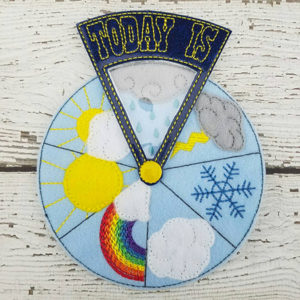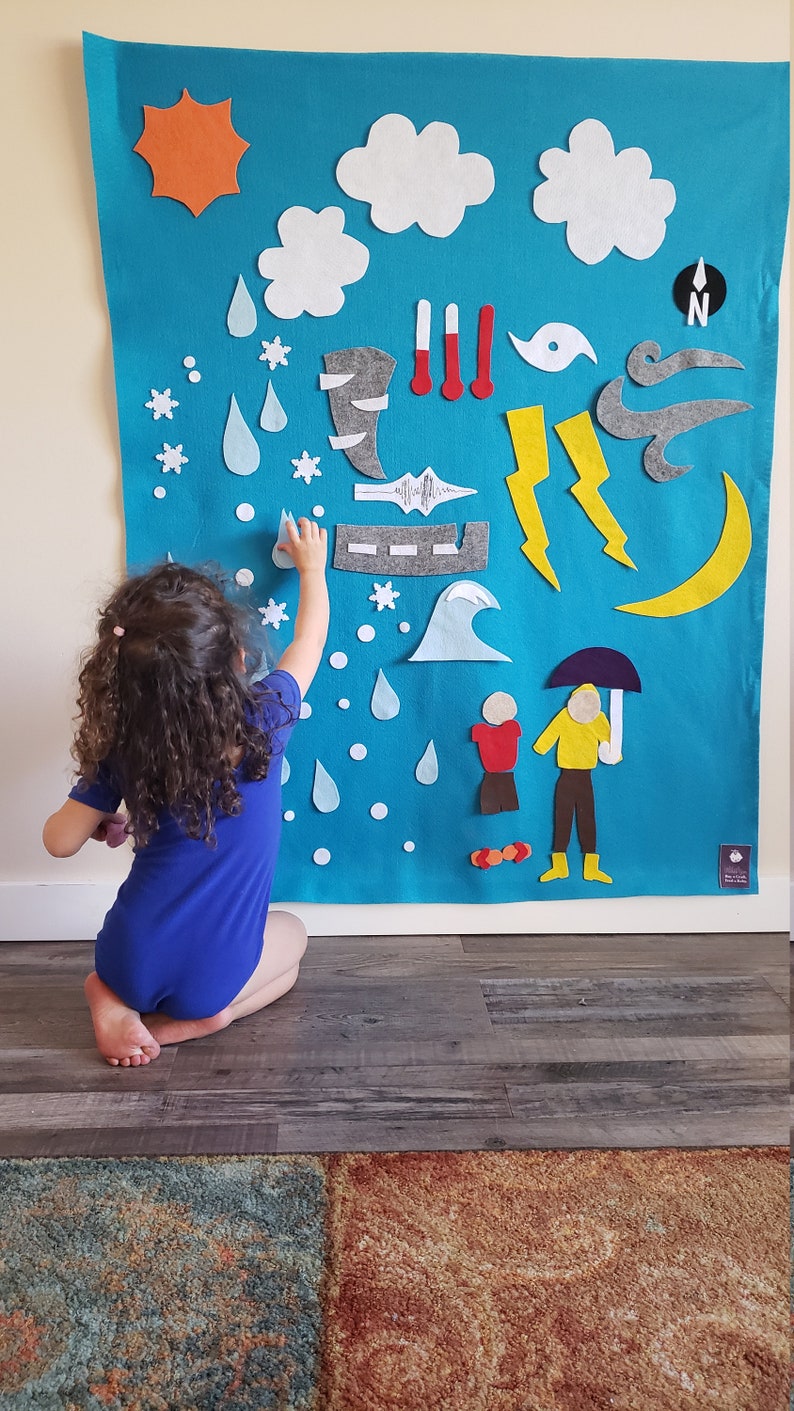
Hour and T is the temperature in degrees Fahrenheit. T(wc) is the wind chill, V is in the wind speed in statute miles per It was later adopted by the National Weather Service to help communicate the impact of cold wind on exposed skin. The calculation has been tweaked since being introduced.Īnd if you really, REALLY want to show off, here's the wind chill formula, according to the University of Kentucky: T(wc) = 0.0817(3.71V**0.5 + 5.81 -0.25V)(T - 91.4) + 91.4 (A historical footnote: The wind chill was “invented” by researchers Paul Siple and Charles Passel in Antarctica in 1945. Some people may be more tolerant of the cold than others, but we all feel it. Objectively, because we’re warm-blooded creatures we all feel varying degrees of cold with or without wind thrown into the mix. Wind chill formulaīut, do people all feel temperature in the same way? That gets more into the philosophical realm. Being an inanimate, non-living thing, water is not impacted by wind chill. In the summertime, Feels Like and indices other than AccuWeather’s exclusive RealFeel Temperature use only temperature and humidity, thereby ignoring sunshine, wind speed, precipitation, and. The water will come to equilibrium with the air and settle at a temperature of 40 degrees, the ACTUAL temperature of the air. Here’s an example: Some people may think that air at 40 degrees but with a wind chill of 25 (thanks to a strong breeze) might freeze water. It determines whether we get snow or rain. Wind chill has no impact on any of these things. There are places where felt can be used to good advantage, however.

Felt strips are somewhat unsightly for sealing gaps on wooden-frame windows. It comes in a variety of widths, thicknesses, qualities, and colors (brown, gray, and black). Actual temperature determines whether water freezes or stays liquid. Felt is one of the old standbys and is very economical.

You can find the heat index in your city without actually doing any. So 85 degrees at 10 humidity, the temperature feels closer to 79 degrees, but at 90 humidity, it will feel closer to 100 degrees outside.

It applies to everything else besides wind impacts on exposed skin. That relative humidity, combined with the temperature, then determines the heat index or an estimate of how hot the air actually feels. The term under the weather is a seafaring term from when rough weather could leave you feeling seasick. Current Weather Conditions Map AccuWeather Radar Satellite Current Conditions Forecast Wind Flow Lightning Smoke Wind Wind Gusts Temperature RealFeel RealFeel Shade Past 24-Hour. Regarding the question, “What’s the point of the actual temperature if that’s not what it ‘feels like’?” - the simple answer is that the ACTUAL temperature is EXTREMELY important! Why do some weather changes make us feel sick. At 85 degrees Fahrenheit with 10 humidity, the temperature feels closer to 79 degrees, but at 90 humidity, it will feel closer to 100 degrees. NYC Sees Month of Rain in 72 Hours as Sewage Water Floods Basements Wind chill vs "feels like" vs air temperature


 0 kommentar(er)
0 kommentar(er)
